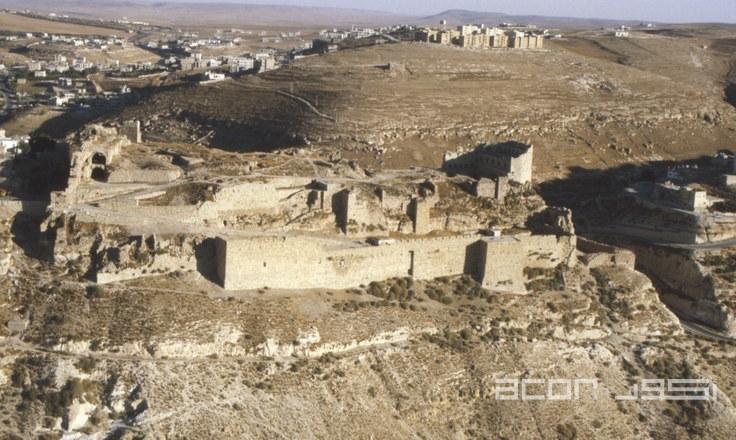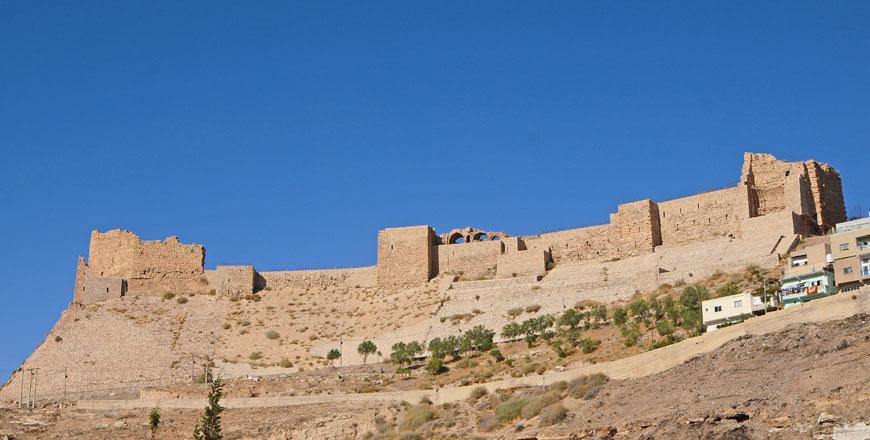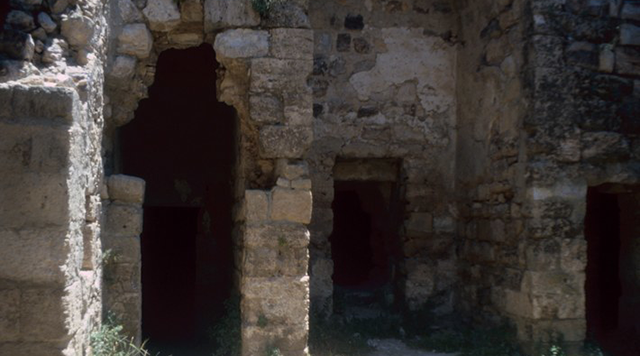You are here
Mamluk sultans sent sons to Karak Castle to ‘toughen them up’ — US scholar
By Saeb Rawashdeh - Sep 05,2019 - Last updated at Sep 06,2019

The Karak Castle served as a destination for exiles during Mamluk period (1260-1517) (Photo courtesy of Bethany Walker)
AMMAN — In the Mamluk period, some of the most politically dangerous persons went to Karak Castle, said an American scholar.
Karak Castle, a large Crusader castle located in Karak, some 130km south of Amman, imprisoned reigning sultans and members of the sultan’s family, including children, as well as high-ranking officers, Professor Bethany Walker from the University of Bonn told The Jordan Times in a recent e-mail interview.
After the Mamluk conquest of Greater Syria in 1260, the Transjordan region was gradually incorporated into the Mamluk territories as part of two different provinces: the southernmost districts of the Province of Damascus (Mamlakat Dimashq) and the Province of Karak (Mamlakat Karak), Walker said, adding that the border between the two provinces was located roughly at Wadi Mujib.
The newly acquired territories were controlled through a series of small, rural garrisons and refortifications of old castles, Walker explained.
According to the scholar, the administrative status of Karak largely depended on personal attachments of the sultans in Cairo.
“Karak’s political autonomy was frequently withdrawn by the sultan and control over its lands given to the Province of Damascus,” Walker said, adding that this was largely done in retaliation for local participation in the many armed conflicts between the Mamluk sultan and his emirs in the 15th century.
Mamluks had a few different places for officials who fell out of favour.
“Those who had committed ‘lesser crimes’, or were already serving in Egypt, often went to Alexandria. Others went to Jerusalem, which was the favoured destination for retirees from state service. Many serving in Syria were imprisoned in the Ajloun Castle,” the scholar said.
The most politically dangerous went to Karak Castle, which contained three palaces according to Walker.
Exile there, under the best of conditions, resembled something like house arrest, the professor said, adding that imprisoned sultans could even receive visitors.
“For this reason, the exile of a sultan or a sultan’s son often led to regaining the throne in Cairo, as he used the time of imprisonment in the Karak Castle to build ties with armed tribes and plan a political and military comeback,” Walker explained, noting that occasionally, sultans and sultan’s sons voluntarily took up residence at Karak, taking the imperial treasury with them, when political conditions became precarious in Cairo.
Moreover, some sultans, such as Baybars, even sent their sons to Karak Castle to be raised for a few years by local leaders and to learn important skills such as horsemanship and conflict resolution, and to “toughen them up”, Walker said.
Related Articles
AMMAN — During the Mamluk period, the area which is now modern-day Jordan was administratively divided between the Provinces of Karak and Da
Amman — Karak Castle is the most famous Crusader-Islamic military site in Jordan and appears today as a perfect summary of Crusaders’, Ayyub
AMMAN — The Karak Castle has a prominent role in history of crusades and post-crusade Mamluk-Ottoman periods.
















